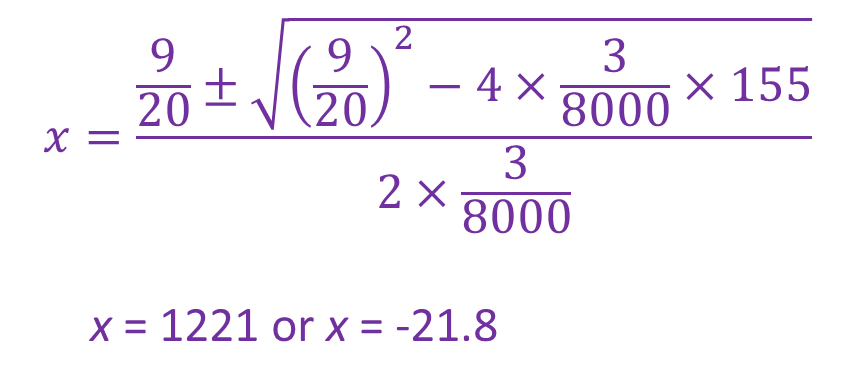- Teaching Support
- Professional Learning @ Western
- Learning Transformations
- The 21C Project
- Contact Us
- Engaged Teaching
2. Choice of problem features
——————————
Novices choose what to do based on surface features of a problem. Experts choose models based on the structural features of a problem.
——————————
In other words, novices view the problem as a set of independent details and they choose one or two of them to focus on, whereas experts see the problem as a single whole.
For example:
(Exam question)
The Golden Gate bridge in San Francisco is a large suspension bridge.

The cable joining the two towers of the bridge (see illustration) can be modeled by the equation:
![]()
where y is the height of the cable above the bridge deck in metres and x is the horizontal distance from the left tower in metres.
What is the distance between the towers? (Hint: both towers are the same height. The left-hand tower is at x = 0)
Student solution:

You can see exactly what’s happened. This student saw the quadratic equation and immediately went and found its roots, without looking at the problem in its entirety (and realising that $y\ne 0$!).
Mobile options:

